The History of Russian Caviar
The history of Russian caviar and the most expensive caviar in the world
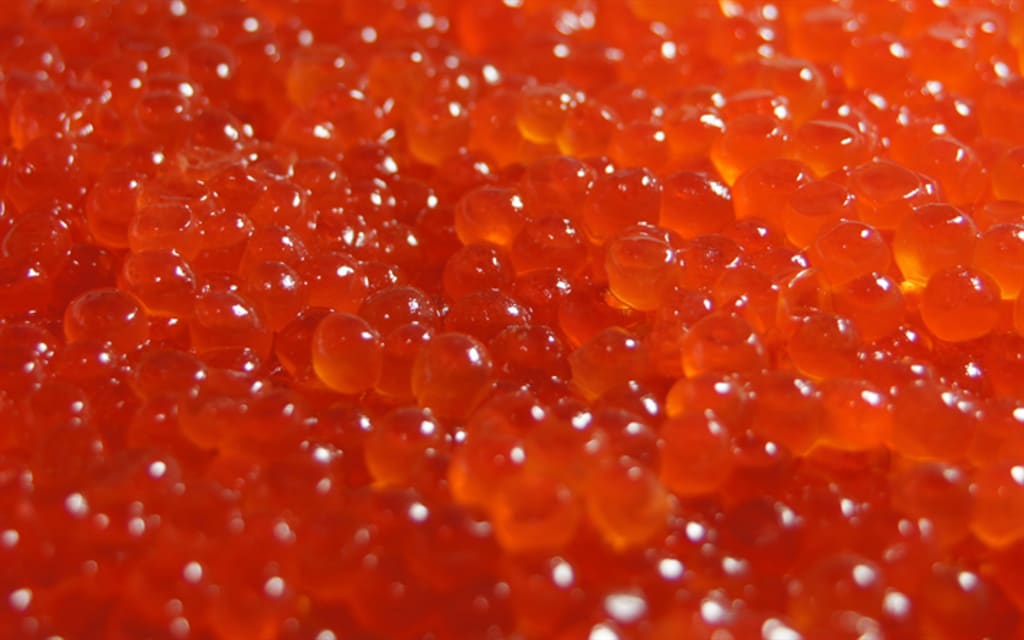
The statement is that “caviar is an acquired taste”. This is true because due to its incredibly salty taste, there are people who either love or hate it. Of course, because of the expense not many can afford caviar but one way or another it does have a very interesting history.
Different Kinds of Caviar
The way caviar is made is by processing the salted roe of different types of fish. The processing method is to take the fish eggs from the connective tissue of the ovaries. Once obtained the fish eggs are passed through a mesh screen and then salted and pasteurized.
Beluga, Osetra, and Sevruga are the three most valuable kinds of caviar:
The largest and rarest of the three is Beluga roe. It has a delicate skin and in the middle of each individual egg is a visible “eye”.
Not so rare but also with delicate skin is Oserta Roe. Its colors range from dark brown to gray and are often gold-shaded. The taste is unique like hazelnuts.
The least rare of all three is Sevruga roe. With colors ranging from light to dark gray and with delicate skin as well. This type is the most popular because it is the least expensive.
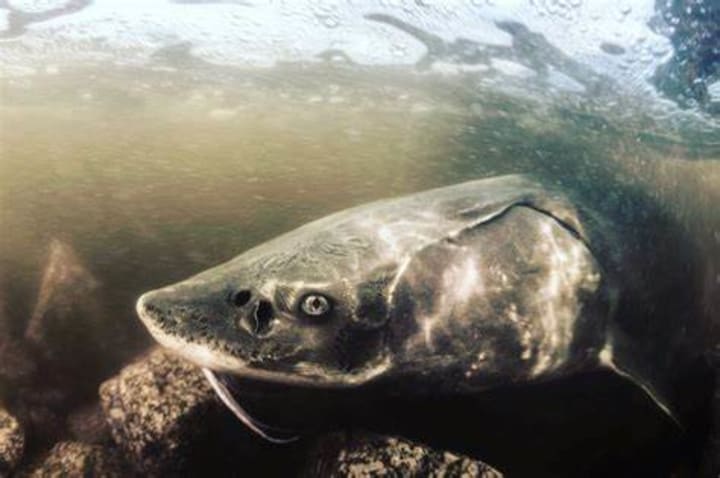
Russian Caviar from the Sturgeon of the Caspian Sea
All three types of roe mentioned above come from fish called sturgeon. Sturgeons make their home in the Caspian Sea between Europe and Asia. It is the largest inland body of water in the world and is often referred to as the largest lake in the world or a full-fledged sea. The large fish known as sturgeons date back to prehistoric times already swimming in rivers as far back as 250 million years ago. Today these fish can only be found in the waters of the Northern Hemisphere. Just like salmon, sturgeons have to take a journey to a river to spawn. These fish look for food sources such as crayfish and worms.
Sturgeons are huge monstrous-looking fish with bloated bodies that are covered by a protective bony mantle. The fish has five rows of hard plates around its sides and spine. These plates are sharp enough to cause injury to creatures that might attack the sturgeon. With their shark-like tails, they can strike mighty blows. However, its enormous head has no teeth or jaws. With their lips, they take up organisms from the sea and river bottoms. The beluga is the largest of all sturgeons.
Russian Caviar History
When the Mongols conquered Muscovy (The Grand Dutchy of Moscow) in 1240 caviar was first mentioned. The leader of the Mongols Batu Khan visited an Orthodox Christian monastery located in Uglich, north of Moscow. Wanting to please their visitor, the monks served a special meal with a dessert of hot apple preserves topped with salted sturgeon eggs. It was in Medieval Russia that caviar gained in popularity becoming a religious dish for Orthodox Christians. Since meat and other delicacies could not be served during religious feasts the products that could be consumed were sturgeon, other fish, and caviar. Caviar was a food that was eaten by both peasants and aristocrats.
In the 13th century, Russian life in all its aspects was governed by the Russian Orthodox Church. For two hundred days a year, Orthodox Christians had to give up eating meat so sturgeon became the favored food source. Unfortunately, the fish was expensive so the peasants could only afford the roe. Once it was officially sanctioned by the church that caviar was to be used are a food for fasting the peasants had an easier time leading their lives according to religious doctrine. However, beyond Russian borders, only occasional shipments of caviar were sent to such European countries as England, France, and Italy. It was a food hard to get used to since caviar had a strong smell and was so salty.
Changes Due to Technology
Both steamships and refrigeration were invented in the 19th century. This made it easier to ship caviar to various parts of the world and it could be delivered in fresh condition. However, as a result of caviar becoming easier to get the prices of this food item also started to rise. To the bourgeoisie in Europe since caviar had become expensive it was also a much sought-after food item. The people found they had a lot more money when the Industrial Revolution came around. At the end of the 19th century manufacturers and merchants were ready to pay any price for caviar. What appealed to them about this food item was that it was associated with the wealthy Russian aristocracy therefore caviar was a prestige item to eat and serve. Railroad systems had started to stretch across the European continent which made it possible for Russian nobles to visit such European cities as Berlin and Paris. They soon discovered that Western Europeans were very interested in the Russian aristocracy and their extravagance.

Caviar Becomes a Luxury Item
As time went by caviar was no longer a sacred religious food but had become a luxury item in Russia. Caviar became associated with Maslenitsa or Butter Week, an Eastern Slavic religious and folk holiday during the reign of Catherine the Great right before the start of pre-Easter fasting. Wealthy nobles served appetizers known as zakuski and caviar became one of the main dishes. Being the same price as butter, common people could still afford caviar but by the end of the 19th century as the demand escalated caviar was a food item that could only be bought by the wealthy and elite. With the Russian Revolution looming on the horizon caviar became a symbol of growing disparity between the rich and the poor.
The Status of Caviar in Modern Times
As time went on caviar became short in supply due to overfishing in Russia. During the time of the Soviet Union under Communist rule sturgeons were protected in the Caspian Sea. In 1962 a ban was imposed on open-sea fishing in the Caspian Sea with the Soviet Union controlling four-fifths of the sea and Iran controlling the last fifth. After the collapse of the Soviet Union, five nations instead of two surrounded the Caspian Sea, and a fishing quota was placed on the tons of fish being caught but not on caviar. Therefore fishermen attempted to catch more female sturgeons for their caviar and these sturgeons started becoming rare. It all resulted in the black market trade of caviar with this food item being smuggled out of Russia and other neighboring nations. The dangers this all elicited were environmental pollution, invasion of exotic species, and poachers.
Caviar and the Russian Identity
The two food products from Russia that are associated with the feel of luxury and cultural distinction are vodka and caviar. Although there are different kinds of caviar available from other nations like Iran and the US, it is Russian caviar that is the most highly prized and most looked for. Therefore, Russian sturgeon fishermen have always had an important place in Russian society. These fishermen would be out of work and a whole culture and society would disappear from Russia if sturgeons no longer swam the Caspian Sea.
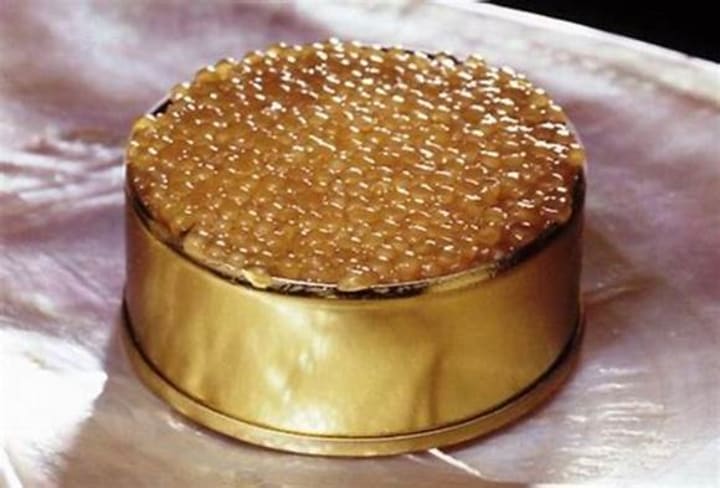
World's Most Expensive Caviar
The most expensive type of caviar in the world today is known as Strottarga Bianco Caviar. At the very extravagant price of $51, 541.76 per pound it is a very rare type to obtain and has a white gold color. The caviar is obtained from the Siberian Albino Sturgeons which are farm-raised in Salzburg, Austria. At the time of harvesting the eggs are dehydrated and sprinkled with edible gold leaf, 22 karats in purity.
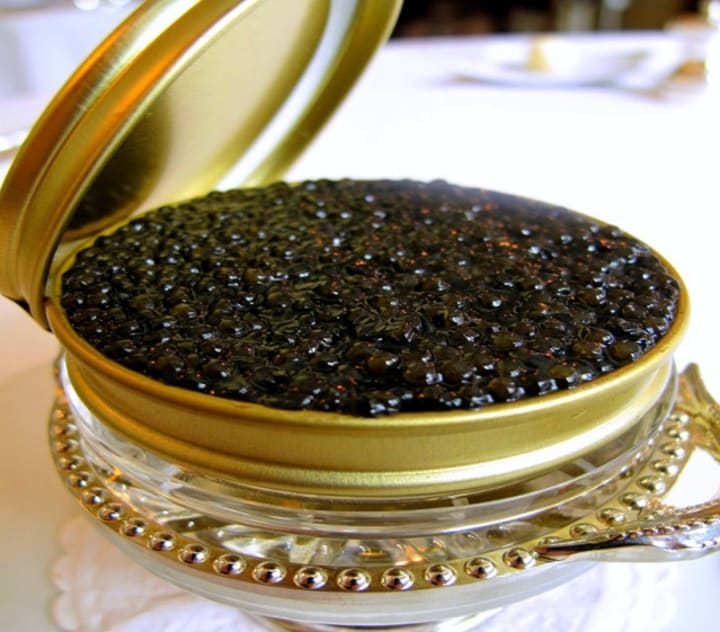
Iranian Almas Caviar comes from the Iranian Beluga fish which is a rare albino sturgeon in the southern part of the Caspian Sea. This caviar comes at a cost of $15, 648.95 per pound. This is black caviar taken from the eggs of fish that are between 60 to 100 years of age.
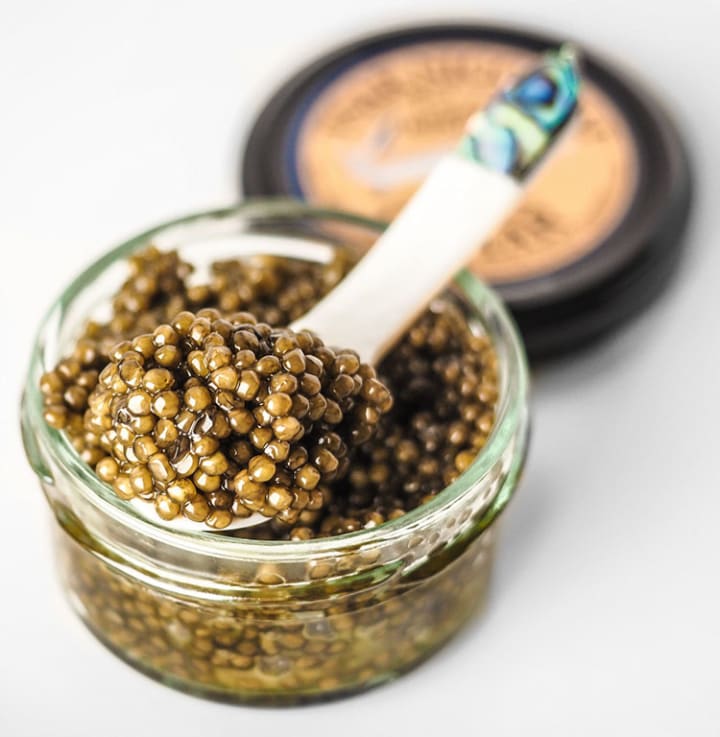
Tsar Nicoulai Golden Reserve Caviar is harvested from farm-raised American white sturgeons. It is among the most rare varieties of caviar, has large beads, and is golden in color. This caviar comes at $3,240.00 per pound and has a nutty flavor.
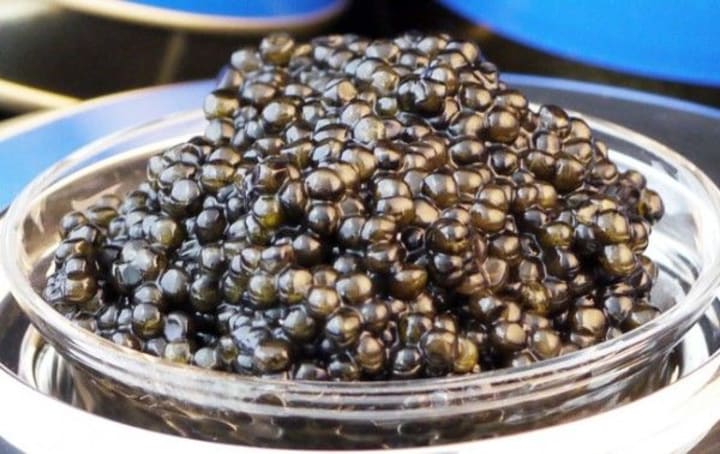
Russian Volga Reserve Osetra Caviar comes from sturgeons inhabiting the Volga River and is available only in limited amounts throughout the world. At $3, 192.00 a pound this is a rare type of caviar harvested from Osetra surgeons at 35 years of age or more. The roe has a creamy texture and intense flavor.
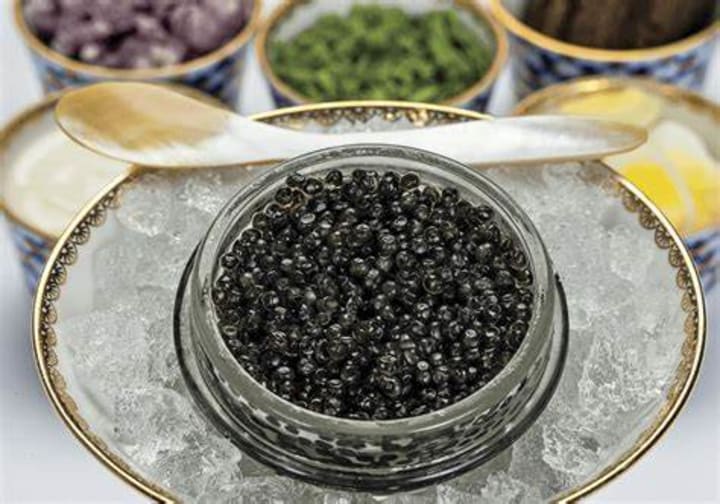
Iranian Osetra Caviar is harvested from sturgeons in the Caspian Sea. They are processed in Russia or Iran. At $2,842.00 per pound, the caviar ranges in color from gray to light brown and has large beads and an extremely nutty flavor.
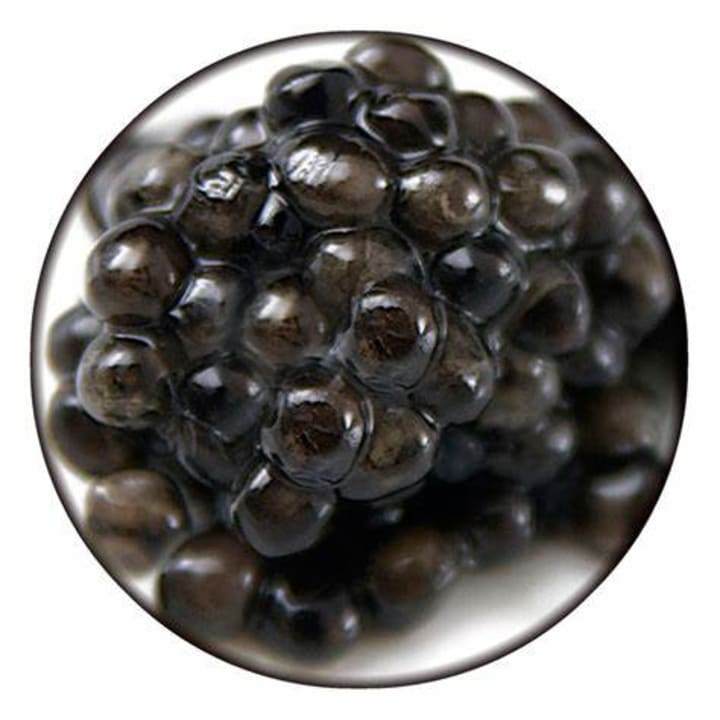
Sevruga Caviar Malossol has been named after the Sevruga sturgeon it is harvested from. These sturgeons are native to the Caspian Sea. Their roe is rather smaller in size than that of other types of caviar. It comes at $1,944.22 a pound and is a bit more saltier.
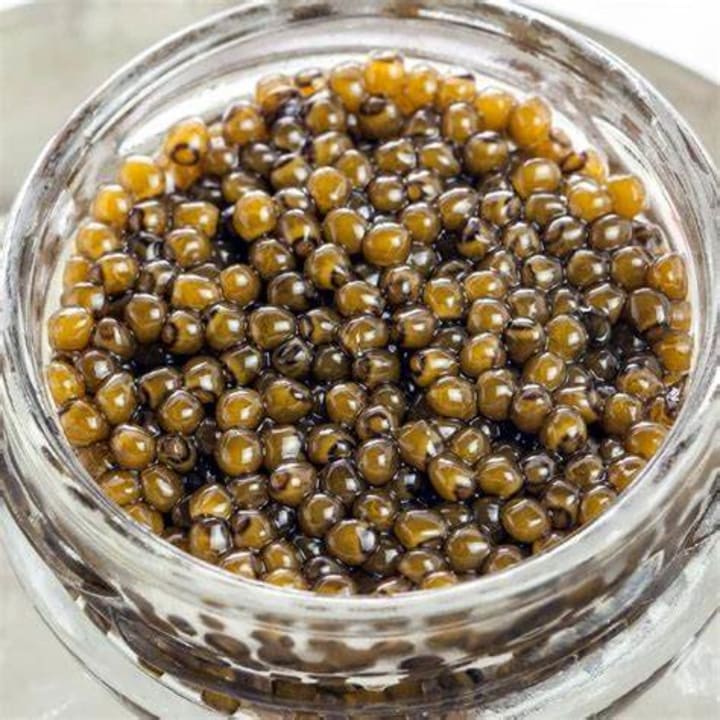
Fresh Farmed Osetra Amur Caviar comes from sturgeons native to the Amur River on the border of China and Russia. These sturgeon are farmed in a sustainable environment in order to prevent depletion of natural resources. At $1,600.00 per pound, this is a more affordable type of caviar. It has beads varying in color from golden brown to gray and has a great fresh flavor.
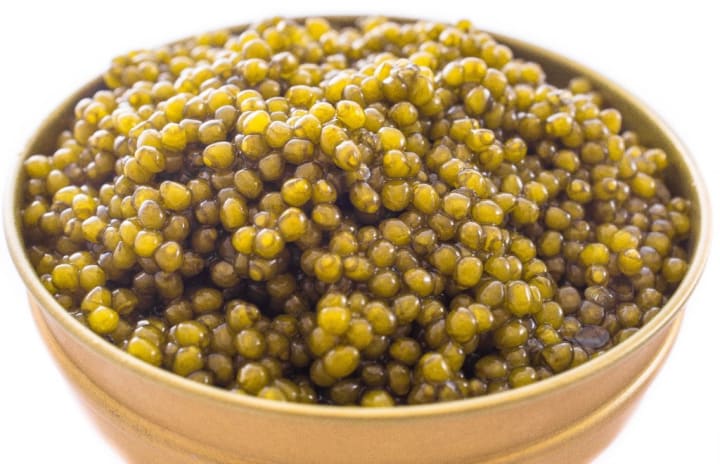
Osetra Imperial Golden Caviar has the reputation of being the most flavorful of all the harvested sturgeon. It is one of the most rare with a crisp, nutty taste with some sweetness. At $977.28 per pound, it has medium-sized beads and varies in colors of yellow and amber.
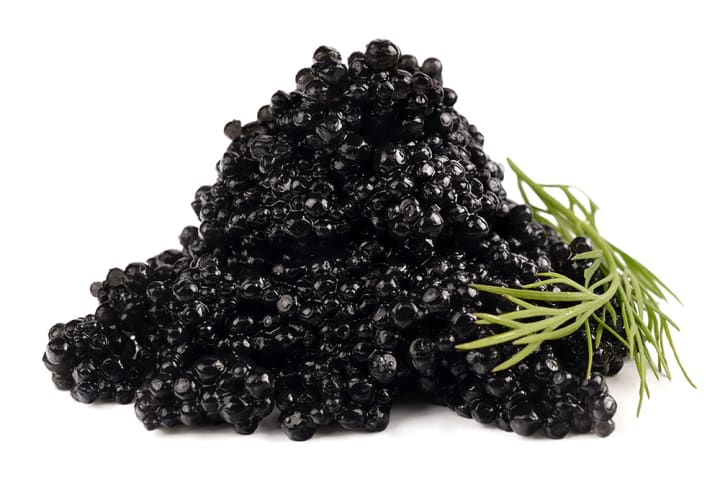
Kaluga Black Caviar is harvested from sturgeon that are native to rivers near the border of China and Russia. At $379.00 per pound, this caviar has a butter flavor with glossy large beads and a dark gray coloring.
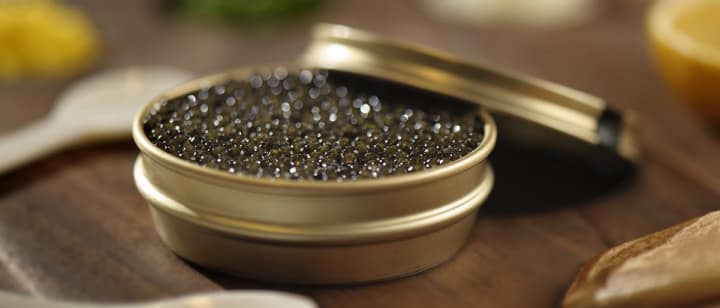
Organic Caviar is harvested from a variety of sturgeon species. These sturgeons are raised in controlled environments with no hormones used. The fish are allowed to thrive in a natural ecosystem. At $195.00 per 5 grams, the only additive in the preparation is sea salt to make this caviar completely organic and natural.
About the Creator
Rasma Raisters
My passions are writing and creating poetry. I write for several sites online and have four themed blogs on Wordpress. Please follow me on Twitter.
Enjoyed the story? Support the Creator.
Subscribe for free to receive all their stories in your feed. You could also pledge your support or give them a one-off tip, letting them know you appreciate their work.






Comments
There are no comments for this story
Be the first to respond and start the conversation.